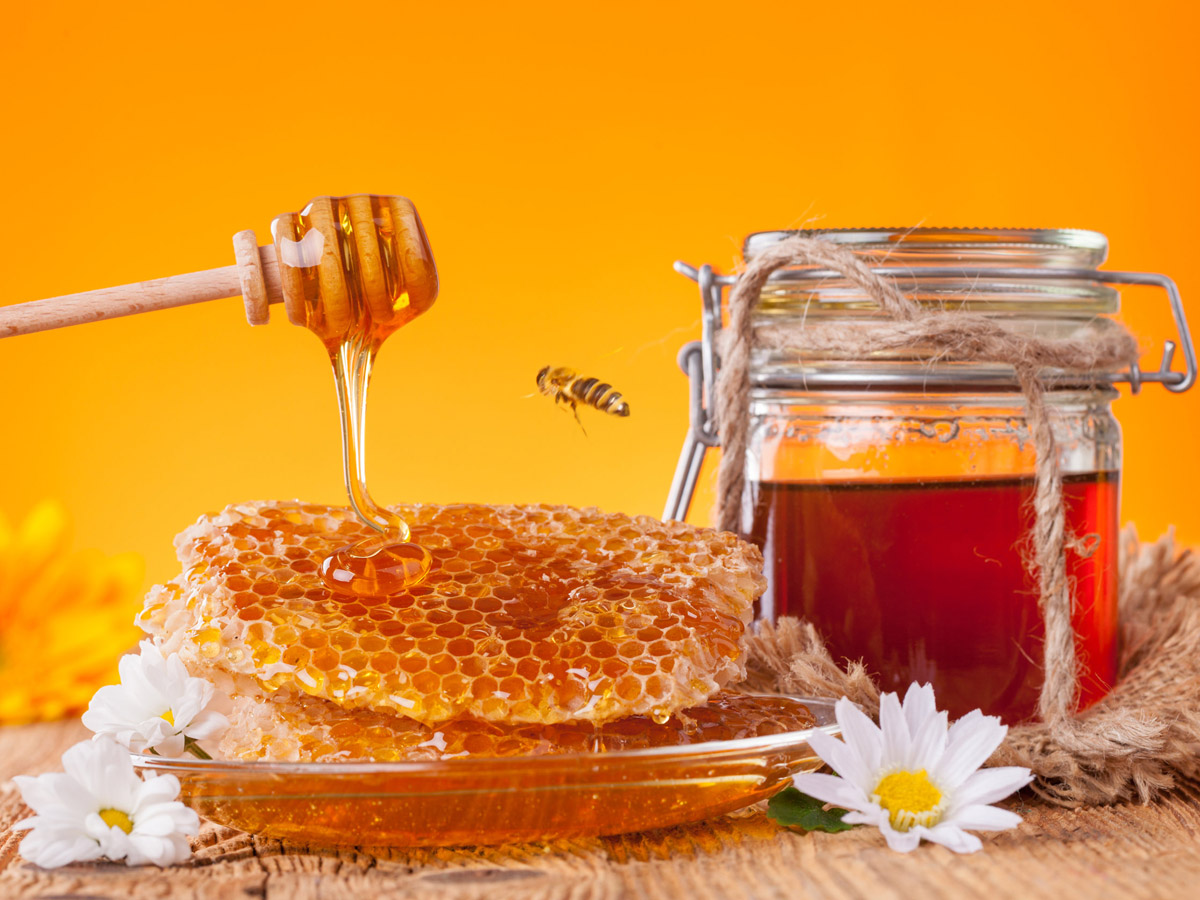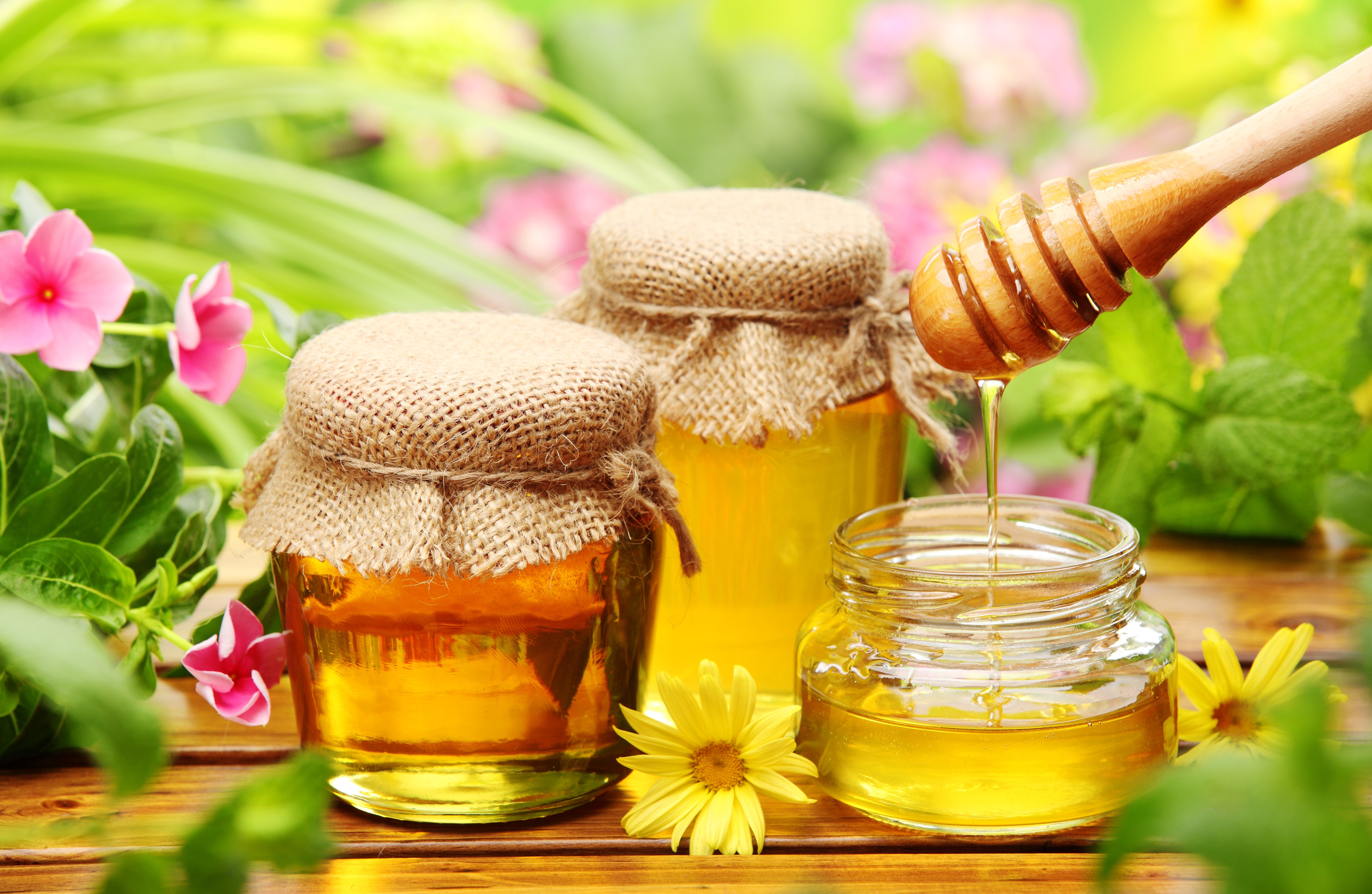Honey And Badger - Unpacking Their Wild Ways
When you think of the wild, you might picture big cats or towering elephants, but there are some smaller creatures that truly stand out. One such animal, the honey badger, also called a ratel, is a pretty good example of why you shouldn't really make quick judgments based on how something looks. They might seem rather small and quite appealing to look at, yet they are one of the most tenacious animals out there, in some respects.
This article will explore the honey badger, a creature often linked with a sweet treat, and also look at its more common cousin, the badger. We will consider what makes each of these animals unique and how they fit into the bigger picture of the natural world, you know?
We'll touch on the honey badger's surprising behaviors, what it eats, and how it compares to other animals. We'll also talk about honey itself – where it comes from, what kinds there are, and why people value it so much. It's almost like a story of two different kinds of wild things and the golden liquid that sometimes brings them together, at the end of the day.
Table of Contents
- The Honey Badger - A Surprising Creature
- Badgers - A Different Kind of Wild Animal
- Honey - More Than Just a Sweet Treat
- Protecting These Wild Creatures
The Honey Badger - A Surprising Creature
The honey badger, formally known as Mellivora capensis and often called a ratel, is quite a fascinating animal. It lives across a very wide area, stretching through many parts of the world. This creature is part of a group of mammals called the mustelidae family, which also includes animals like weasels. Apparently, the honey badger is the largest of these mustelids found in Africa, and it's one of the bigger ones overall, being smaller than a wolverine but just a little bit less in size than the greater kinds of these animals.
What Makes a Honey Badger So Unique?
You might have heard the charming story about the honey badger working together with a small bird, the honey guide. The tale goes that the bird guides the badger to places where bees keep their honey. The badger then breaks into these spots, eats the sweet stuff, and leaves behind what it doesn't finish for the bird. This cooperative behavior, that, is something people talk about quite a bit when thinking about this particular animal.
These animals have a specific look too. They have fur that is a distinct yellowish-brown color on the upper part of their bodies. They are often thought of as the ultimate underdogs of the African wild, and there are many reasons why people hold them in high regard, you know. They are quite well-known for their bold actions when hunting, sometimes going after bees, snakes with venom, and even taking on animals much bigger than themselves.
How Does the Honey Badger Get Its Food?
When it comes to what they eat, honey badgers are mostly meat-eaters. Their diet includes things like snakes, frogs, smaller kinds of rodents, birds, and eggs. They also add other items to their meals, such as various types of fruit, plant bulbs, and roots. They have a particular way of finding partners, too, with a mating system where one male mates with several females, as a matter of fact.
Badgers - A Different Kind of Wild Animal
While the term "badger" can refer to many animals, the honey badger is a specific type. General badgers are typically larger and have a more solid build, with short legs and a wide body. They are also recognized by their unique black and white marks on their faces. In terms of how they act, badgers are usually more reserved and less likely to get into fights, in a way.
What Are the Key Differences Between a Badger and a Honey Badger?
If you compare a badger with a honey badger, you can see some clear distinctions based on their body size, how they behave, and where they live. For instance, the main difference often pointed out is their fur. Honey badgers have that specific yellowish-brown fur on their upper side, which sets them apart. Badgers, generally speaking, tend to be more substantial in their physical make-up, with a broader body shape and legs that are not very long. Their facial markings are also a tell-tale sign, quite literally.
Honey - More Than Just a Sweet Treat
Honey is a thick, sweet liquid that bees create from the sweet fluid found in plants. It's often used to make food taste sweeter, but it's important that very young children, like infants, should not have it. Some substances in honey might be able to get rid of certain harmful things, which is pretty interesting.
Why is Honey So Important to Badgers?
While the general badger may not seek out honey in the same way, the honey badger's name itself points to its fondness for this sweet substance. The story of the honey guide bird leading the honey badger to beehives shows a clear connection, where the badger gets to enjoy the honey and the bird gets the leftovers. This arrangement highlights a very specific interaction in the wild, which is quite unique, you know.
The Many Faces of Honey
Even though honey can be found in almost every home around the world, people usually only think of it as a natural way to sweeten tea or oatmeal. But, as a matter of fact, there are over 300 different kinds of honey. From varieties like jarrah, lavender, rosemary, and heather, you will discover many distinct tastes, flower notes, and good things for your body, as well as other health benefits.
You heard that number correctly, apparently! Who would have thought that Winnie the Pooh's favorite snack came in so many forms? So, what makes each honey distinct? For example, buckwheat honey is not as sweet and has a darker color than other kinds, but it has been shown to be full of good things for you. People say that eating a spoonful of honey every day can help with things like managing blood sugar levels, fighting certain serious illnesses, improving heart well-being, and other good things. You can also learn about the different types of honey, from its raw form to manuka, and what it might do for your health, skin, and hair, along with any potential risks, like for blood sugar conditions. For over 35 years, a company called Smiley Honey has been selling honey that is pure, natural, straight from the source, and not filtered. You can get their special tupelo honey collections online today, if you like.
Protecting These Wild Creatures
Understanding animals like the honey badger and the general badger helps us appreciate the diverse life on our planet. Each creature plays a part in its environment, and knowing more about them allows us to better understand the natural world around us. It's really quite important to think about how these animals live and what they need.
Helping the Honey Badger Thrive
The honey badger, scientifically called Mellivora capensis, is a creature that has spread widely across different areas. Its presence is important for the health of its ecosystem. Learning about its physical traits, how it behaves, its special abilities, and the part it plays in its surroundings, helps us think about its current situation regarding keeping its numbers healthy. Basically, the more we know, the better we can appreciate and, perhaps, help these animals continue to live freely.

What is honey?

70+ Honey HD Wallpapers and Backgrounds

The Dangers and Benefits of Raw Honey